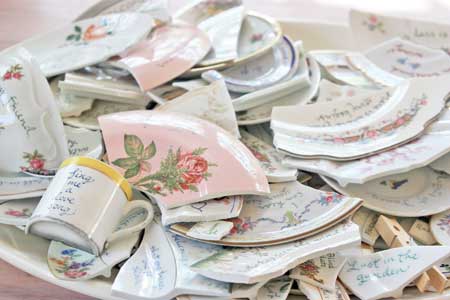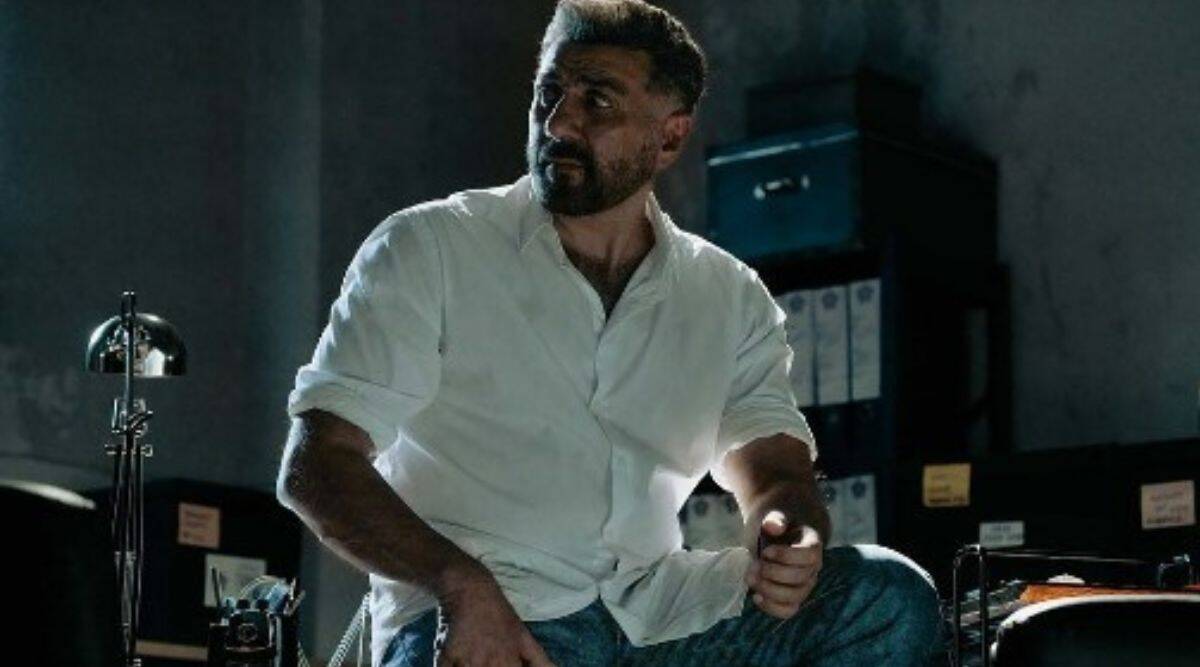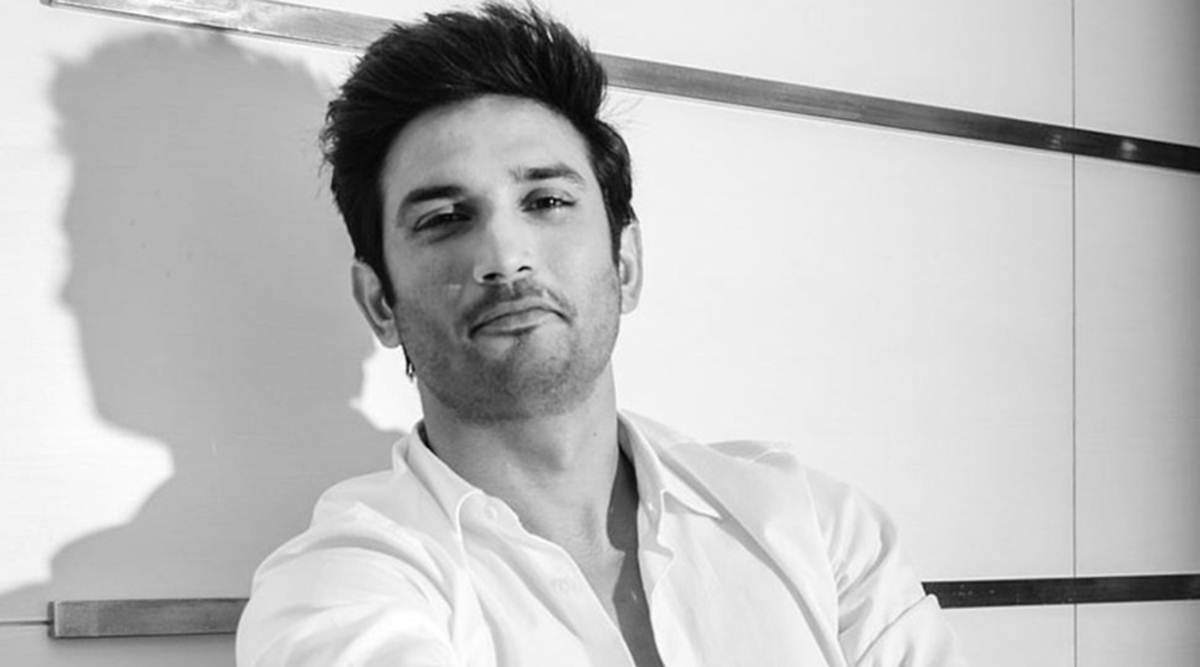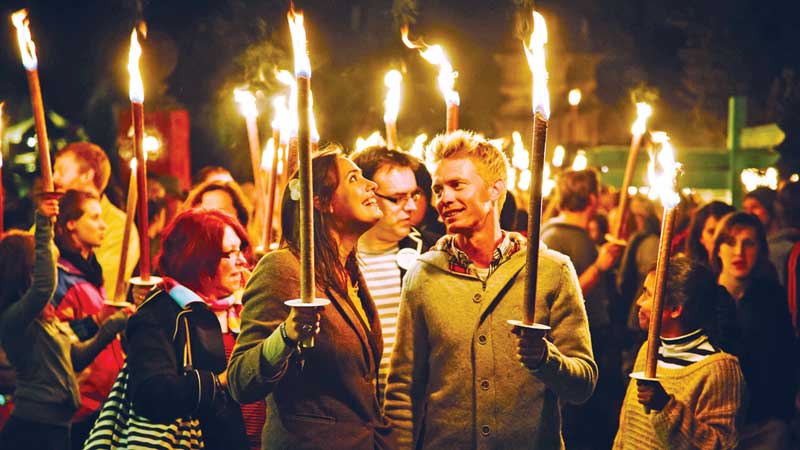For many of us, New Year celebrations revolve around making New Year’s resolutions, passing quality time with friends and family, enjoying foods and drinks. But, in other parts of the world, some celebrate New Year’s Eve by eating 12 grapes while others practice more unusual traditions that are designed to bring luck, prosperity and bounty for the year to come.
Eating grapes in Spain
When it is midnight in Spain on New Year’s Eve, each time the clock chimes, all the people put a grape in their mouth. Everybody has to have finished their grapes and the New Year starts by the time the clock has finished chiming for the twelfth time!
Eating the grapes is very funny because everybody starts the New Year with a mouth full of grapes. It’s almost impossible to finish eating the grapes by the time the clock finishes chiming and quite often people still have all the grapes in their mouths, and they start looking at each other and have to laugh.
If you manage to eat the 12 grapes then you will have 12 months good luck!
Day of silence in Bali
New Year’s Day in the West might mean fireworks, glittery ball drops, hangovers, a walk and a pub lunch. In Bali, on the contrary, New Year is welcomed in a very different manner with a day of silence. The largely Hindu Indonesian island celebrates “Day of Silence” by completely shutting down for 24 hours. The New Year’s Day changes annually following the lunar calendar. No one leaves their homes for the day. Religious rules state there should be no traffic, no fire, no work and no pleasure. Streets are entirely empty, shops and restaurants remain closed, the beaches are shut, use of electricity is kept to a minimum.
Smashing plates in Denmark
 Smashing things against someone’s house might be considered bad luck. But in Denmark, it is a good sign to find your door heaped with a pile of broken dishes at New Year.
Smashing things against someone’s house might be considered bad luck. But in Denmark, it is a good sign to find your door heaped with a pile of broken dishes at New Year.
People hold on to old dishes, plates and glasses all year round to throw them at the homes where their friends live on New Year’s Eve. That night, they go around to the homes of friends and family and smash them against their front doors. Many broken dishes is a symbol meaning you have many friends.
In 1969, the military dictatorship banned plate smashing. Nowadays, specially produced plaster plates are used during celebratory occasions. Another modern variation on the custom is for dinners at small Greek restaurants and to buy trays of flowers that they can throw at singers and each other.
 Jumping seven waves in Brazil
Jumping seven waves in Brazil
Rio and life in Brazil are tied to the ocean, while seven is the magic number at New Year’s Eve in Brazil. It’s believed that jumping seven waves will bring good luck in the coming year. In honour of a major water deity from the Yoruba religion, Iemanja, when the fireworks display is over, everyone follow the crowd to the water’s edge and jump seven waves making a wish with each one.
Another ritual is to chew 7 pomegranate seeds at the stroke of midnight without swallowing them. People preserve those seeds in their wallet. It is said that it will ensure that it will be full of money in the New Year.
Ringing bells 108 times in Japan
On December 31 at midnight, the New Year is welcomed in Japan with 108 bell chimes, during the Joya no Kane ritual taking place at the Buddhist Temples. On New Year’s Eve, many Japanese people go to their local temple and wait for their turn to ring the big bell.
According to Buddhist beliefs, 108 is the number of passions and desires entrapping us in the cycle of suffering and reincarnation. So, the 108 bell chimes symbolize the purification from the 108 delusions and sufferings accumulated in the past year.
Hogmanay in Edinburgh
Edinburgh’s Hogmanay Street Party is one of the world’s greatest New Year celebrations. Hogmanay, synonymous with New Year’s Eve celebrations in Scotland, is actually a three-day festivity consisting spectacular events, great music and amazing crowds from every corner of the globe in Scotland’s capital.
The celebrations begin with the Torchlight procession on December 30, creating a river of fire that winds down through Old Town’s streets, from Parliament Square to Calton Hill. A cannon is fired at Edinburgh Castle at the stroke of midnight, followed by a large fireworks display.
Source : Daily obserber
Collected by RG










 Smashing things against someone’s house might be considered bad luck. But in Denmark, it is a good sign to find your door heaped with a pile of broken dishes at New Year.
Smashing things against someone’s house might be considered bad luck. But in Denmark, it is a good sign to find your door heaped with a pile of broken dishes at New Year. Jumping seven waves in Brazil
Jumping seven waves in Brazil